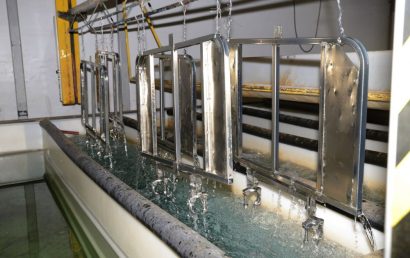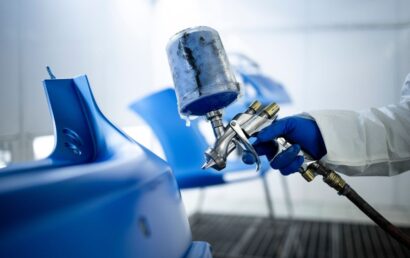What You Need To Know About Thermal Spray On Plastic
The plastics industry also requires thermal spraying solutions that can protect parts against abrasion, erosion, corrosion and sliding wear problems. Nowadays, an increasing number of individuals and groups rely on a wider variety of thermal spray systems, technologically advanced coatings and in-depth finishing capabilities to move newly designed products into production. They want to ensure their existing equipment is able to produce longer with minimal maintenance schedules. At A&A Coatings, there are no wear problems in the plastics industry that are too small or large for us to handle. Before you decide what’s best for your needs, you are recommended to find out more about thermal spray on plastic.
The Definition of Thermal Spray
Before we continue, it is important to know that understanding what thermal spray is, requires you to have some knowledge of the basics of solids. There are three basic parts to solids:
- Barrier: It creates a layer between the main body and the outer surface
- Surface: Anything that is associated with sheen, patina, texture and color
- Central body: This provides the basic shape or form as well as the rigidity and strength
As all those three areas are all of the same material, there is distinction between them. In addition, the term thermal spray often relates to a family of processes that features a great array of thermodynamic properties.
Thermal Sprayed Coatings on Plastic can Boost Component Performance
In the plastics industry, thermal spraying has been used to coat things such as injection molding screws and feed screws. Coated parts tend to have a longer service lifespan up to 10 times longer. However, the period of the effective lifespan also depends on the specific materials processed. Because of the availability of coatings, those screws are an industry standard for most harsh screw environments. HVOF coatings are adequately dense and are widely used. These coatings also provide attractively low Ra finish for a tungsten carbide coating that was thermally sprayed.
Other benefits that the coatings provide, include:
- Low blade-change downtime
- Very hard surface formation
- Stable dielectric factor achieved
- Extended roll lifespan that leads to increase in productivity
- Screw efficiency is maintained
- … and more!
Thermal Spraying on Plastic Substrates
Applications that use thermal spray coatings on plastic substrates tend to use coatings that are based on aluminum and zinc. They are mainly used for electrical conductivity and R.F.I. shielding where mechanical properties of the coating do not hold the most importance. Reinforced plastics and those that are thermally sprayed show good strength to weight ratio. That’s why, in some components, they have become an attractive option over metals.
Currently, quick research shows that there are only a few applications that require thermal spray coatings with good mechanical properties, to increase their wear resistant properties. This may have happened due to the challenges faced while attempting to achieve adequate bond strength between the coating and plastic substrate.
If you have plans for thermal spraying on plastic, but decide to put that idea aside because of the potential problems that associated with an apparent lack of surface engineering solutions, do not hesitate to get in touch with A&A Coatings for more information.



